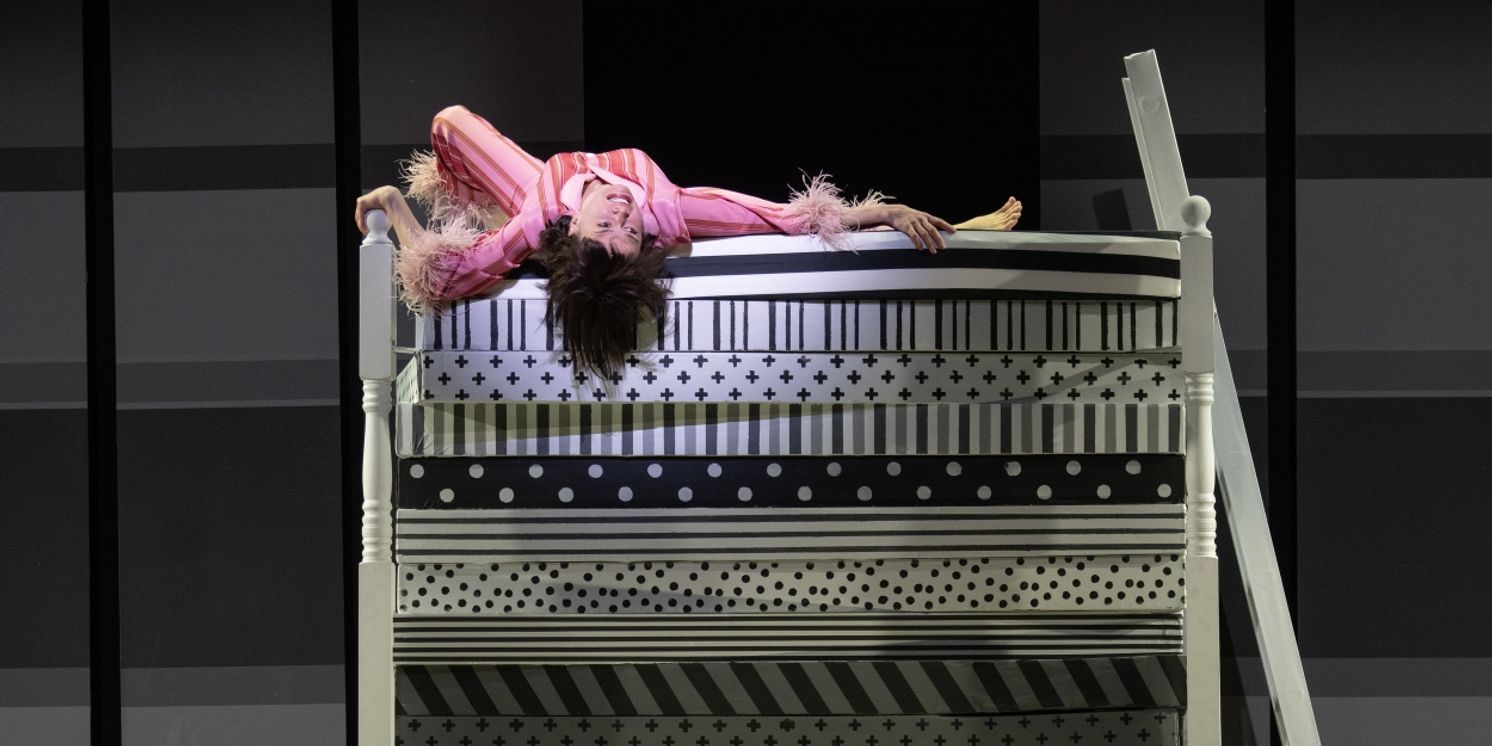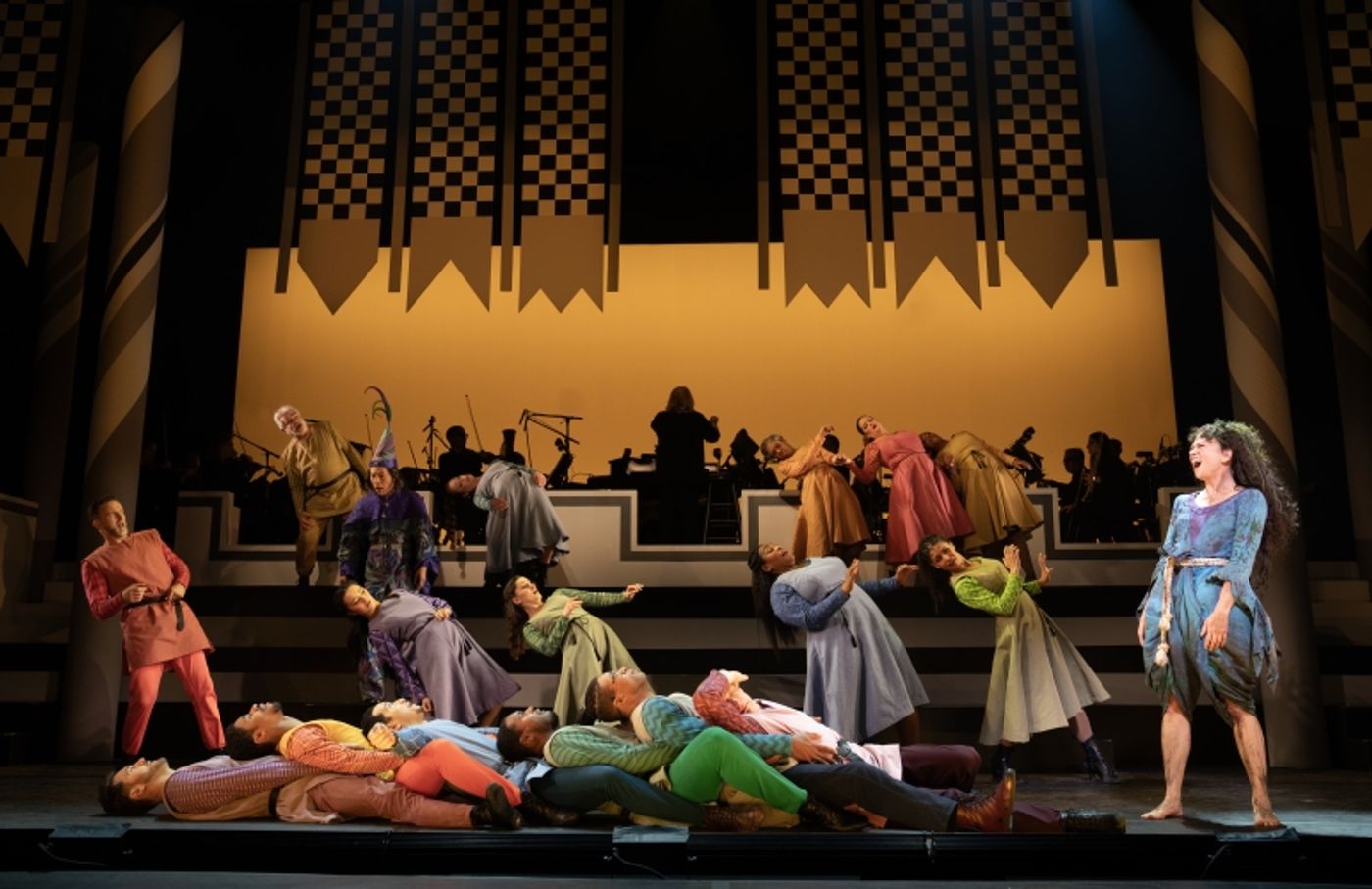Broadway's Most Unique Musical Origin Stories
Jennifer Ashley Tepper Is answering your questions with Broadway Deep Dive!

Do you have a burning Broadway question? Dying to know more about an obscure Broadway fact? Broadway historian and self-proclaimed theatre nerd Jennifer Ashley Tepper is here to help with her new series, Broadway Deep Dive. Every month, BroadwayWorld will be accepting questions from theatre fans like you. If you're lucky, your question might be selected as the topic of her next column!
Submit your Broadway question in the comments here!
This time, the reader question was: What are some of the most unique ways that Broadway shows have originated?
Although the development journey from idea to stage has changed a lot over the decades, it’s still true that the majority of shows that get to Broadway have dreams and intentions to do so from the start. They are professional entertainments planned for public consumption. A creator, whether it be a writer, producer, director or otherwise, is inspired to helm a new production. Whether based on source material or wholly original, the show is readied in readings, workshops, and/or tryouts before eventually opening on Broadway.
Shows might be intended for a regional theater or off-Broadway house or concert venue or international run in another country and transfer with varying degrees of surprise to one of our 41 Broadway theaters, based on their success. But “Broadway” was always a twinkle in the eye, a professional goal, or an ambitious possibility for most creators of shows that make it all the way there.
This is not true though for some rare shows, that have had offbeat and unique origin stories on the road to Broadway. One such show just made its way back to Broadway for its second revival, although the original production was an unexpected triumph. Once Upon a Mattress originated as a short piece at the adult summer camp, Tamiment. In the early and mid 20th century, adult summer camps had their hey-day in American culture. These were basically vacation resorts that provided entertainment and recreation for adults, with underpinnings of summer camp culture. Tamiment was one of the most popular camps of this sort. From the 1930s through the 1970s its theater was a particularly glorious training ground for artists who later became icons of the profession. That said, it was still very unexpected that any informal show planned for Tamiment would move anywhere after its time on the camp stage. Artists from Barbara Cook to Neil Simon to Jerome Robbins honed their craft as young people by putting on shows at Tamiment. But it was a 1958 camp show that was put together specifically as a showcase for that summer’s already-hired performers, by a slew of young writers, that surprised everyone and went farther than anyone imagined.
Once Upon a Mattress has music by Mary Rodgers, lyrics by Marshall Barer, and book by Barer, Jay Thompson, and Dean Fuller. Its one act version at Tamiment was such a sensation that the show was expanded and opened at The Phoenix Theatre in New York City less than a year later. Mattress played five houses during its original New York run, partially because the show was such an underdog that theater owners kept booting it in order to make space for their next tenants! (Some wonderful publicity shots boast Rodgers as well as original star Carol Burnett carrying a mattress from theater to theater!) The summer camp musical was somewhat looked down upon as a silly entertainment but Mattress has certainly had the last laugh, since it became one of the most popular stock and amateur titles for decades, and is now receiving its second Broadway revival, this time starring Sutton Foster.
Once Upon a Mattress took the adult summer camp to Broadway route during an era when most shows were spearheaded by a producer from the start who steered the show from the first steps hiring the creative team through writing drafts through an out-of-town tryout not long after. This was also generally the case back in 1937, when Pins and Needles opened on Broadway—although Pins and Needles had an entirely different and unconventional journey to Broadway.

Pins and Needles was a revue put together by the International Ladies Garment Workers Union. Garment workers made up a significant portion of the New York City work force, and many were frequent theatergoers. In Pins and Needles, union workers gave voice to their own trials and triumphs, with a score by Harold Rome and a book by a variety of writers, whose skits were often updated and switched out. The show opened in a modest production at the union’s headquarters, which happened to be in a space that was once the storied Princess Theatre. For the run of Pins and Needles, it was renamed the Labor Stage Theatre. The intimate house on 39th Street and 6th Avenue was later demolished in 1955 to make way for an office building. Current events from a pro-union standpoint were addressed in Pins and Needles for over 1,000 performances at the Labor Stage and eventually at the Windsor Theatre, where the show transferred for its final six months. The show marked the only time that an amateur theatre group ever had a hit show on Broadway; the performers in Pins and Needles were garment workers who had never been on a professional stage before and yet they quit their jobs to participate in an extremely successful Broadway run.
The seeds for the 2001 Broadway musical A Class Act were planted at the 1988 memorial for Ed Kleban held at The Public Theater. Kleban is best known as the lyricist of the landmark musical A Chorus Line, but he spent his life writing music as well as lyrics and striving to be known for both with many musicals that were not produced during his lifetime. Kleban’s friends and contemporaries, from David Shire to Sheldon Harnick, commented at his memorial about his breadth of work and unheard brilliance, thoughts which were bolstered by performances of several of his songs that moved the audience immensely. Kleban’s partner at the time Linda Kline would later co-write the musical A Class Act, which tells the story of Kleban’s life using his own music and lyrics, with his own memorial as a framing device. Several of the songs heard at Kleban’s actual memorial, as sung by his friends in tribute to him, were later put into A Class Act and sung by actors depicting his friends.
So a memorial service provided the seeds of inspiration for a Broadway musical. Has that ever happened with another personal event? In fact, in 2006 when The Drowsy Chaperone opened on Broadway and became one of the hit musicals of the season, it also boasted humble and personal origins, as a stag party entertainment! In 1997, several friends in Canada created an original musical specifically for a party to celebrate the upcoming nuptials of their friends Bob Martin and Janet van de Graaf. The show was such a hoot that it made its way to the Toronto Fringe Festival, then to a major Toronto run, and eventually to Broadway, being shaped along the way into a full-length, fully realized stage musical. Martin has to be the only person in Broadway history who starred in and co-wrote the book of a musical that premiered at his own bachelor party.
Comments
Videos

